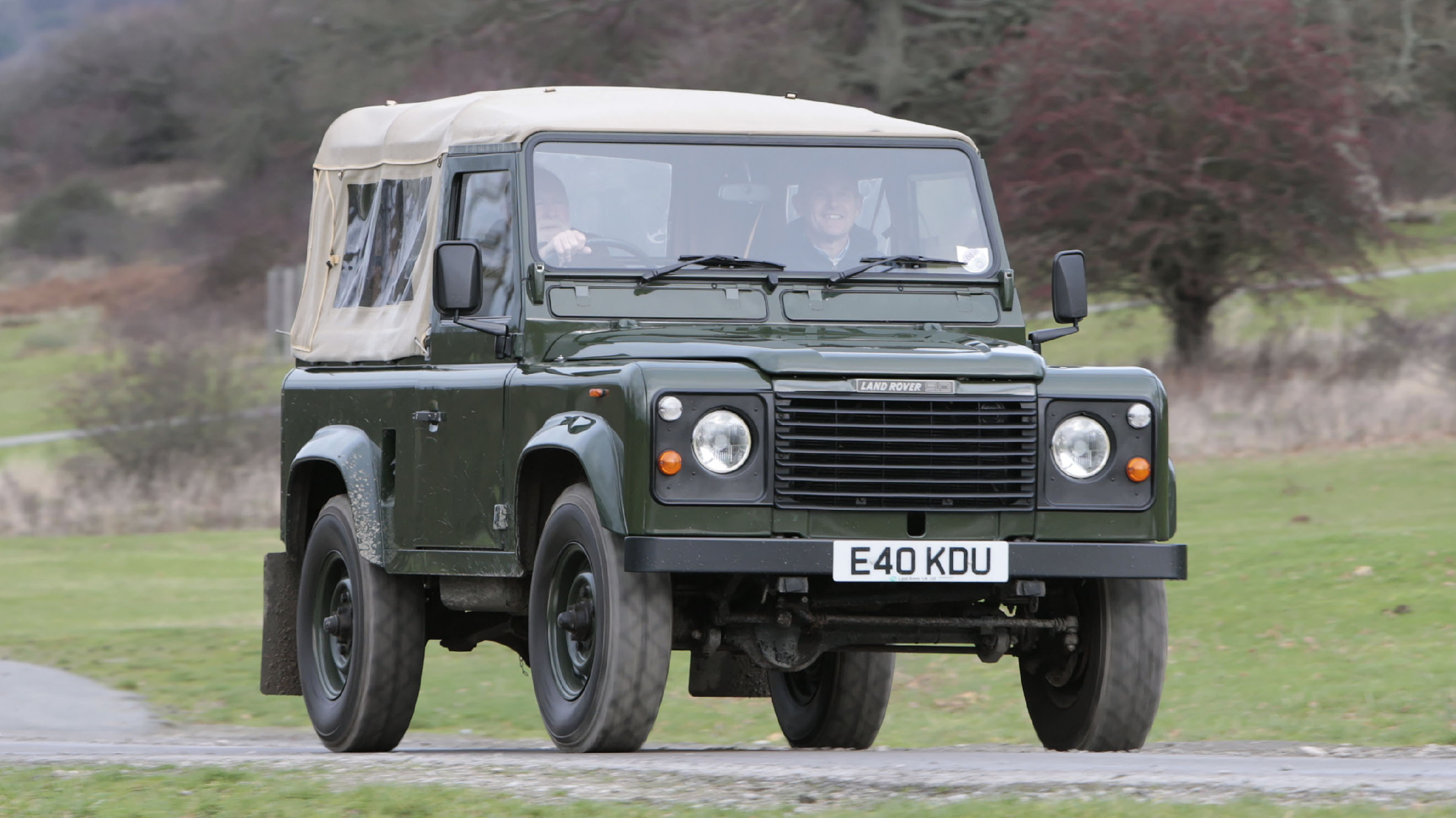
WHAT’S THE MOST LAND ROVER CAR IN THE BACK CATALOGUE?
Like a British television show, the original Land Rover could only manage three series before it bowed out gracefully to be replaced by a reboot with fresher switchgear that would polarise the hardcore fans. You know, the same people who confuse poor build quality with character.
The new Defender might make people even more furious, but it’s the logical extrusion of the car’s story that started post-WW2 in extreme utility and has gradually added comfort and convenience to cater for the softer demands of modern buyers. There’s no desire to drive a car that’s been to war, but if it can get you to the shops when it snows then that’s marvellous.
The new 90 and 110 models of Land Rover – so called because of the length of their wheelbases in inches, but not renamed 229 and 279 for the metric markets – were launched a year apart. The 110 made its debut at the 1983 Geneva Motor Show, and marked the first time that Land Rovers started to be marketed as a lifestyle-oriented family vehicle. In fact marketing the car at all was a bit of a novelty. Jaunty colours were added to the paint selection and you could spec your Land Rover with air conditioning and a radio cassette.
Those things, bad as they were, weren’t what made the faithful furious, however. Among the heresies visited upon the off-roading world in 1983 were the introduction of a single-pane windscreen, optional power steering, front disc brakes, a five-speed syncromesh gearbox, coil sprung suspension that replaced the Series III’s agricultural leaf spring set-up, a full-width plastic grille and – gasp – wheelarches.
The Land Rover’s off-road prowess was improved by these new-fangled inclusions, however – the lockable centre diff provided permanent four-wheel-drive capability along with high and low ratio gearboxes, the coil suspension allowed for improved wheel travel and greater ground clearance too. The interior might have been made comfortable (by the standards of the previous car, let’s not go crazy), but it could still be rinsed out with a hose after a particularly lairy wilderness sesh.
The older 2.25-litre petrol and diesel engines were given a makeover too, with capacity increased to 2.5 litres to improve power output. There was still the option of Rover’s thirsty 3.5-litre V8 too, if you were so inclined. There was intense competition from the likes of Toyota’s Land Cruiser at this point, too, so Land Rover ended up bolting a turbocharger onto its diesel motor along with some other modifications by 1986 – initial reliability was a disaster though, so the upgrades kept coming.
It wasn’t until 1989 and the Land Rover Discovery’s arrival that the company bigwigs thought they ought to come up with a proper name for the 90/110, at which point it became the Defender. But to own an original 90 or 110 is to have got onboard before the Defender became famous – it’s the hipster choice.
2024-01-04T05:15:07Z dg43tfdfdgfd